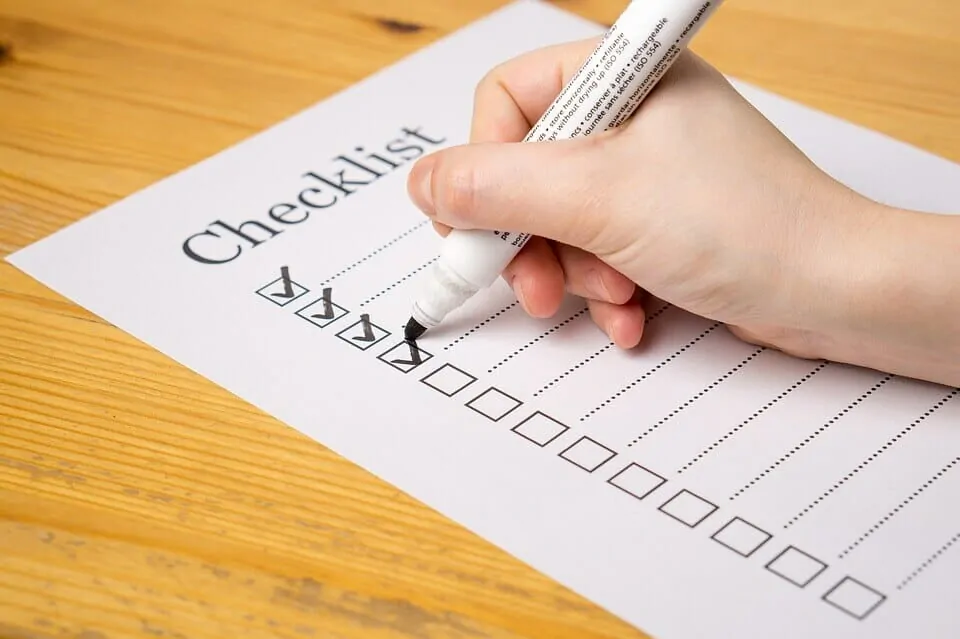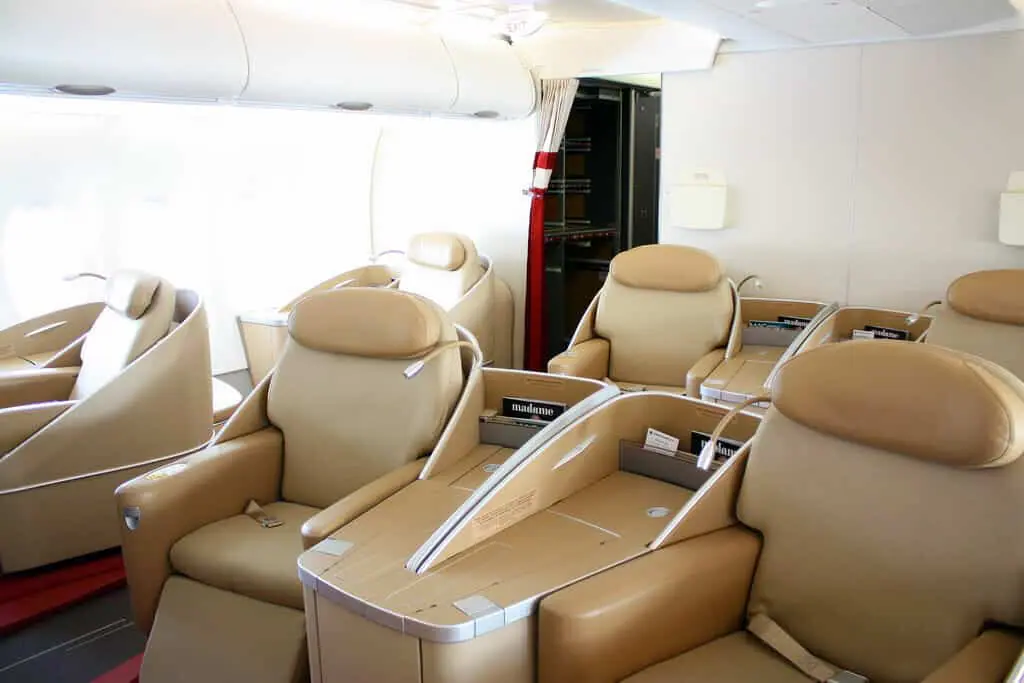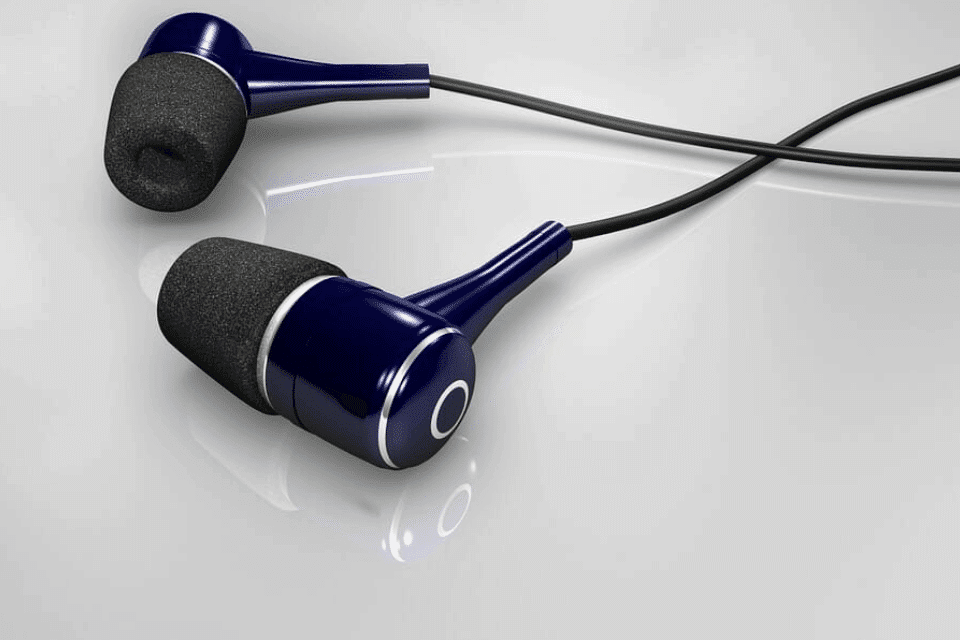
You can and If you are a photographer, going on a trip with family and friends, or you are out traveling solo purely for the experience, then you will most likely have a camera with you to document your travels and memories.
So, one of the bigger question to ask as you pack for your trip is if you can take batteries on a plane. And if so, is there a proper and improper way of packing batteries and electronics?
With travel rules and regulations going through so many changes over the years, it may be hard to keep up with everything while maintaining a firm grasp on what you can and cannot take on board the aircraft.
The Federal Aviation Administration (FAA) has implemented safety guidelines regarding the transportation of batteries on an airplane as a way to prevent any fire-related incidents from occurring. The FAA and the TSA work together closely to help determine the best aviation safety and security solutions.
Batteries and Carry-On Baggage
There are a few guidelines regarding which batteries you can safely keep in your carry-on luggage during your flight. You can bring most types of batteries, but let’s examine each type so you know exactly how to proceed.
Dry Cell Battery Types
- Dry cell alkaline batteries, including your typical AA, AAA, C, D, 9-volt, and button-sized cell batteries are allowed.
- Dry cell rechargeable batteries including Nickel Metal Hydride (NiMH) and Nickel Cadmium(NiCAD) batteries are allowed
- Lithium-ion batteries such as your rechargeable lithium, lithium polymer, LIPO, and secondary lithium batteries are also allowed.
Camera Batteries
If you have any consumer-sized lithium-ion batteries including AA, AAA, 9-volt, cell phone battery, camera, video camera, and laptop batteries that are no more than 8 grams or no more than 100-watt hours per battery, then they are also allowed.
You can also have two larger lithium-ion batteries, again, no more than 8 grams and 160-watt hours, in a carry-on.
Additionally, lithium batteries often used with smaller personal electronics are also allowed on your carry on including rechargeable batteries for personal cameras –AA, AAA, 123, CR123A, CR1, CR2, CRV3, CR22, 2CR5, and round lithium button cells.
Batteries and Checked Bags
With the exception of spare lithium batteries, all batteries allowed in your carry on are also allowed in your checked baggage. However, it is highly recommended that you pack your batteries in your carry on luggage whenever possible.
When the batteries are securely packed, and in the cabin area, they can be better monitored.
Prohibited Batteries
There are several batteries that are absolutely prohibited on an airline flight as well. Car batteries, wet batteries, and any other kind of spillable battery type cannot be taken onto the plane at any time.
If you have to travel with a larger spare battery for your wheelchair, however, you can discuss this with the flight crew and aircraft operators to ensure that the battery is properly packaged and safe for travel.
Battery Packing Tips
If you plan on traveling with batteries and electronics, then there is a proper way to pack these items, so they don’t become a danger. If you have spare batteries in addition to the batteries already inside of your electronics, you should consider placing each of those spare batteries into its own protective case.
This case can be a simple plastic bag or package. It is also recommended that you place a small piece of tape across the contacts of the batteries so you can effectively isolate the terminals and prevent any potential hazards due to short-circuiting.
It is also a good idea to hold onto the original packaging the batteries came in, and you can keep the batteries securely in place that way.
For electronics that already have the batteries, you want to package these items making sure that they won’t turn on accidentally at any point during the flight. Make sure the off switch is securely in the off position before packing your electronics.
How to Pack Battery Chargers
Your battery chargers can be packed in either your carry on baggage or a checked bag. When your charger has an electrical cord, tightly wrap the cord around the charger. You should also refrain from packing your regular batteries in a rechargeable battery charger.
Since regular batteries are not meant to be recharged, packing them into a rechargeable battery charger may cause a potential hazard. While there really are no ground rules or regulations when it comes to packing your chargers because they do not create any risk, you should still be sure to keep your batteries, and your chargers separate so as to avoid any unwanted potential risks.
Following these helpful tips and suggestions above can make all the difference as you go through security. It is best to know beforehand how to properly pack these items, so you don’t risk missing your flight when you have to repackage your items.
While there really are no ground rules or regulations when it comes to packing your chargers because they do not create any risk, you should still be sure to keep your batteries, and your chargers separate so as to avoid any unwanted potential risks.
Incorrectly Packed Batteries
When you fail to learn the safety guidelines, and you incorrectly pack batteries for your trip, there is a chance that the batteries can short circuit and ultimately cause a fire. There is also the chance of having your batteries confiscated. With the high price tag that many batteries carry, this can be devastating.
If the improperly packed batteries are in your carry on bag, then TSA may stop you to question you about the battery and complete a more thorough screening. You may even be asked to leave the battery behind if it is not in compliance with TSA and FAA requirements.
Size Limits and Quantity
Again, only consumer-sized lithium-ion batteries with no more than 8 grams of equivalent lithium content or 100-watt hours per battery are allowed in your carry on bags.
TSA may also allow batteries between 100 and 160Wh to be packed into checked-in baggage with only up to two spare batteries falling within the capacity of the carry on luggage.
All of these guidelines and restrictions, however, are constantly changing and may also vary between airlines. It is always important to check with the airline prior to your flight departure to ensure that you are within the guidelines and regulations for that particular flight and airline.
Recalled Batteries and Devices
Under the 2016 FAA Safety Alert, passengers are prohibited from carrying devices containing recalled lithium-ion batteries on board in their carry on luggage or packed into their checked baggage unless they have been repaired or replaced by the manufacturer.
The Importance of Battery Regulations
While batteries seem like a relatively harmless item to pack in your carry on or checked bag for your flight, you have to consider some of the more recent cases we hear about lithium-ion batteries at home exploding. It makes you second guess what really is safe and what isn’t.
A faulty battery that is mishandled or not packaged correctly on a flight can cause an explosion that results in a fire. This puts everyone on the plane at risk. Also, these batteries can generate a lot of heat which makes the fire even more dangerous.
Terrorism is another reason these battery regulations have been put into place and are constantly changed and updated. We are seeing more and more methods being used to hide explosives, and sometimes they use devices that resemble batteries to do this.
We can’t necessarily ban all batteries from flights, however, so these regulations are in place as a way to keep everyone safe from any battery-related risks that exist.
Don’t Be Afraid to Ask!
If you ever have any doubts about whether your batteries are compliant or they are packed as they should be, never be afraid to ask for assistance. There is a lot of specialty electronics and medical equipment that you may be unsure about because they require a special type of battery that may not have been included in the list of acceptable battery types above.
Before you fly, make sure to reach out to a TSA customer service associate to find out what the exact requirements are for the battery type you need to travel with. Doing so helps you avoid time-consuming and in-depth security screening and also saves you the cost of possibly having to leave your battery behind.
Remember, when in doubt, leave it out. Otherwise, ask for assistance and check the FAA’s Pack Safe website for more information and rules on how to correctly carry and pack these and other dangerous items in your baggage.
In Summary
You will find a list of acceptable batteries below. Each passenger is typically allowed a maximum of 20 spare batteries of any type, and they are limited to carry on baggage only. However, the operator may be able to approve a greater number of batteries if needed.
Photographers can carry a maximum of 15 portable electronic devices with them that contain lithium-ion batteries that are stored in the devices. However, they must still adhere to the maximum capacity of 100Wh.
- Dry cell alkaline batteries AA, AAA, C, D, 9-volt
- Dry cell rechargeable batteries NiMH and NiCad
- Lithium-ion batteries including rechargeable lithium, lithium polymer, LIPO, and secondary lithium
AAA and AA Batteries
Standard AA and AAA batteries currently have no restrictions when it comes to packing them in your bags. It is always best to try to also keep them in their original packaging as well. When they are packaged in a bag, there is a fear of the batteries shorting out and causing a fire, and TSA will need to check further into this.
Lithium-Ion Batteries
There is a thin piece of plastic that separates the two compartments found in each lithium-ion battery. When this plastic piece is gone and the two sides touch, it can result in an explosion – although, it is very unlikely to happen, it is still a concern.
Batteries in Compartments
Most electronic devices contain lithium-ion batteries. They typically meet TSA requirements and can be carried onto the plane as long as the watt-hours remain under the 100 mark as previously touched on.
You shouldn’t have a problem carrying these batteries on inside of your electronic devices like your camera and other equipment, including your smartphone, laptops, and tablets.
Spare Batteries
The same under 100 watts rule also applies to spare batteries. However, you cannot have any spare batteries packed away in a checked bag. They have to be placed in your carry on luggage.
There is currently no weight restriction on spare batteries, so as long as they remain under the 100-watt hour restriction, they can be carried on.
Batteries Over 100 Watts
If you have batteries that are above this 100-watt restriction, you are able to bring two larger batteries as long as they do not exceed 160-watt hours. Again, they must be in your carry on luggage and cannot be packed in a checked-in bag.
Calculating the Power of a Battery
The power capacity of a battery is how much energy is being stored in the battery. This energy is expressed in watt-hours. It is the voltage that the battery provides multiplied by how much current or amps the battery can provide for an amount of time in hours.
To calculate the power of a lithium battery, take the voltage multiplied by the amps multiplied by the hours = Wh.
The formula for this is mAh*V/1000 = Wh
Bottom Line
As you can see, standard battery types are typically allowed on a plane as long as they are packaged and stored properly. So, you don’t have to worry about your cell phone, camera, laptop, or tablet.
If you are ever unsure about a battery type, it never hurts to ask for clarification regarding the restrictions and regulations. Taking time to check your batteries and pack them properly can make all the difference between a delay and losing money for confiscated batteries and having a stress and headache free flight.






